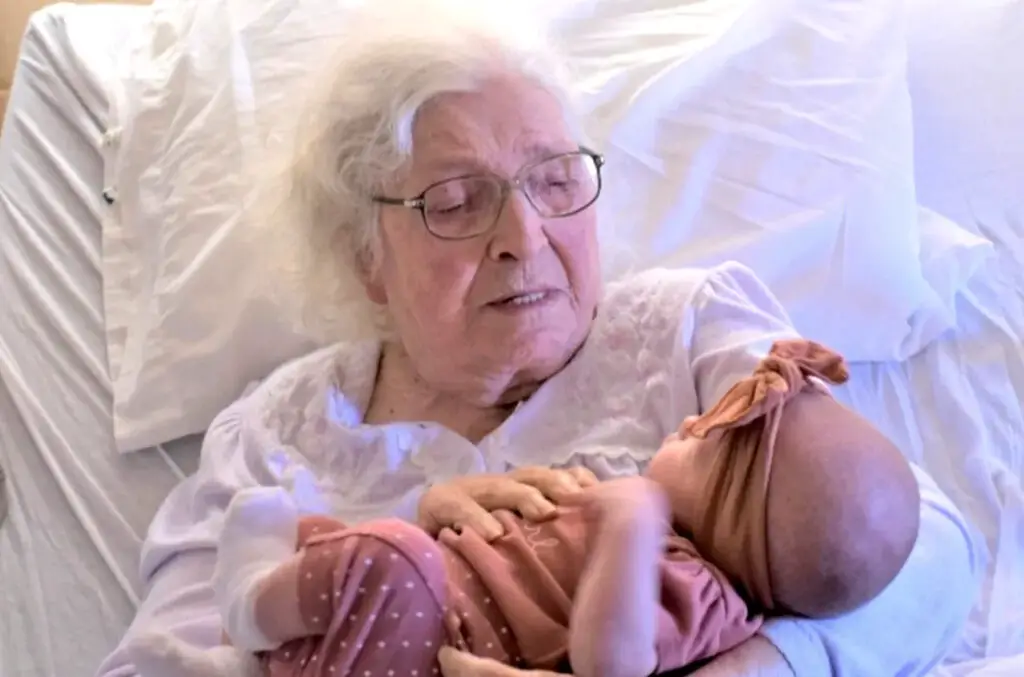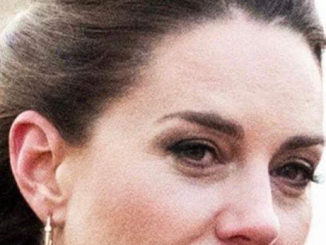Homelessness is a problem that many cities face around the world. Even though governments and organizations are trying to fix it, it’s still a big issue. One Canadian millionaire decided to make a difference in his own town with his money. Here’s his story.
In Fredericton, New Brunswick, Marcel LeBrun, a millionaire entrepreneur, took action to help homeless people in his community. Marcel, who made a lot of money from his successful social media monitoring company, decided to invest $4 million of his own money to build 99 tiny homes for those in need. He didn’t just stop at providing homes; he also created job opportunities with his unique approach. This project is called 12 Neighbours.
After selling his company and gaining a lot of wealth, Marcel wanted to use his money for good. Seeing the homelessness issue in Fredericton, he came up with the idea of a tiny home community to give homeless people a new start. He named his project 12 Neighbours and aimed to build a gated community with 99 homes and an enterprise center. This community offers both housing and job opportunities, giving homeless people a chance to rebuild their lives.

Homelessness is a big issue in New Brunswick, with about 1,600 people experiencing it in a single day last year. In bigger cities like San Francisco, Los Angeles, and New York in the United States, the number of homeless people is much higher. Marcel LeBrun saw a chance to make a difference and decided to help those struggling with homelessness.
Marcel’s project, 12 Neighbours, is not just about building tiny homes. He wants to create a supportive community for people. The tiny homes he’s building are more than just places to stay. They are fully-furnished with kitchens, living areas, bedrooms, and full bathrooms. They even have solar panels on the roofs. Marcel sees himself as a community builder, aiming to provide a better life for those in need.

To make his vision a reality, Marcel LeBrun set up a factory where skilled volunteers help build the tiny homes. Using modern techniques, the factory can produce one tiny home every four business days. Once a home is built, it is carefully placed on concrete blocks to form the foundation of the community.
Marcel believes that owning a home is important because it gives people a sense of responsibility and stability. By allowing people who have experienced homelessness to own their own homes, the 12 Neighbours project aims to empower them and create a supportive community.

Besides providing homes, Marcel LeBrun’s project also focuses on creating job opportunities for the residents. The 12 Neighbours community includes an enterprise center with a coffee bar and a silk printing business, both run by the residents. This helps generate income and encourages residents to interact with the wider community.
Like any big project, 12 Neighbours has faced criticism. Some people think it’s better to reintegrate homeless individuals directly into society rather than keeping them together in one place. However, Marcel understands these concerns and has taken steps to ensure the community is safe and supportive.
Marcel explained, “Building a few homes is just as complicated as building many, and we wanted to make a real impact on homelessness in Fredericton. If we want to make a meaningful difference, we need to build houses. If I take someone who’s been living outside and put them in a luxury apartment, they might not succeed because it’s not their community or environment.”

Marcel LeBrun knows how important safety is, so he has included top security features in the 12 Neighbours community. There are gated entrances and advanced surveillance systems to ensure residents feel safe and protected.
LeBrun mentioned that some residents face challenges when they first move in. He explained, “When someone moves into a house, they might have others trying to take advantage of them. They need to learn what it means to manage their own space and decide who they let in and out.”
One of the main goals of 12 Neighbours is to build a strong sense of community both inside and outside its gates. LeBrun wants to create a place where residents and the people of Fredericton can come together. The community has a coffee bar and a personalized printing business to encourage interaction and understanding.
LeBrun told CBC, “I see myself as a community builder. We’re not just building a small community; we’re helping to make our city better.”
Marcel LeBrun’s project to build 99 tiny homes in Fredericton, New Brunswick, is a great example of using personal success to help others. Through 12 Neighbours, he has not only provided homes for those in need but also created job opportunities and a supportive community. His efforts have given hope to many and inspired others to make a difference.
98-year-old Kentucky woman with over 230 great-great-grandchildren meets her great-great-great-grandchild for the first time in amazing photo with 6 generations in it
An incredibly heartwarming photo showing six generations of women from the same family has gone viral recently as it captured the attention of a large number of people.
At the top end of the age scale is 99-year-old MaeDell Taylor Hawkins who is holding her seven-month-old great-great-great-granddaughter Zhavia Whitaker in her arms while the rest of the women, including MaeDell’s daughter, Frances Snow, 77, granddaughter Gracie Snow Howell, great-granddaughter Jacqueline Ledford, 29, and great-great-granddaughter Jaisline Wilson, 19, are posing behind them. Today, MaeDell has more than 620 grandchildren from her own daughters and their children’s children.
“I know it’s rare for six generations … it’s even rarer for all of them to be the same gender,” MaeDell’s granddaughter Howell, 58, told Good Morning America. “We’re all girls — girl power, as well.”

When they snapped the photo and shared it on the social media, none of them knew it would attract that much attention.
“We just kind of planned a day, and we just all met and grandma knew we were coming,” Howell, who now lives in Myrtle Beach, South Carolina, said.
MaeDell got married back in 1940 when she was just 16 years old. Her husband was 50-year-old rail worker Bill Taylor who at the time had 10 children and needed someone to take care of them while he was at work. MaeDell took the role of a mother and went on to have 13 children on her own.

The family lived a very simple life as they lacked electricity, running water, and a stove, among the rest.
Getting married young was normal back in the day. Speaking of it, Howell said, “Now we don’t. We have children later in our life, so families are not that big. Having six generations is very, very rare to start with.”
The Kentucky matriarch now boasts a whopping 623 descendants, according to a family chart shared by her daughter-in-law, Janice Taylor. They include 106 grandchildren, 222 great-grandchildren, 234 great-great-grandchildren and 37 great-great-great-grandchildren.
“If everything goes well, the baby’s doing well, Grandma’s doing well – we’re all going to meet back in June and get another picture,” the family shared.



Leave a Reply